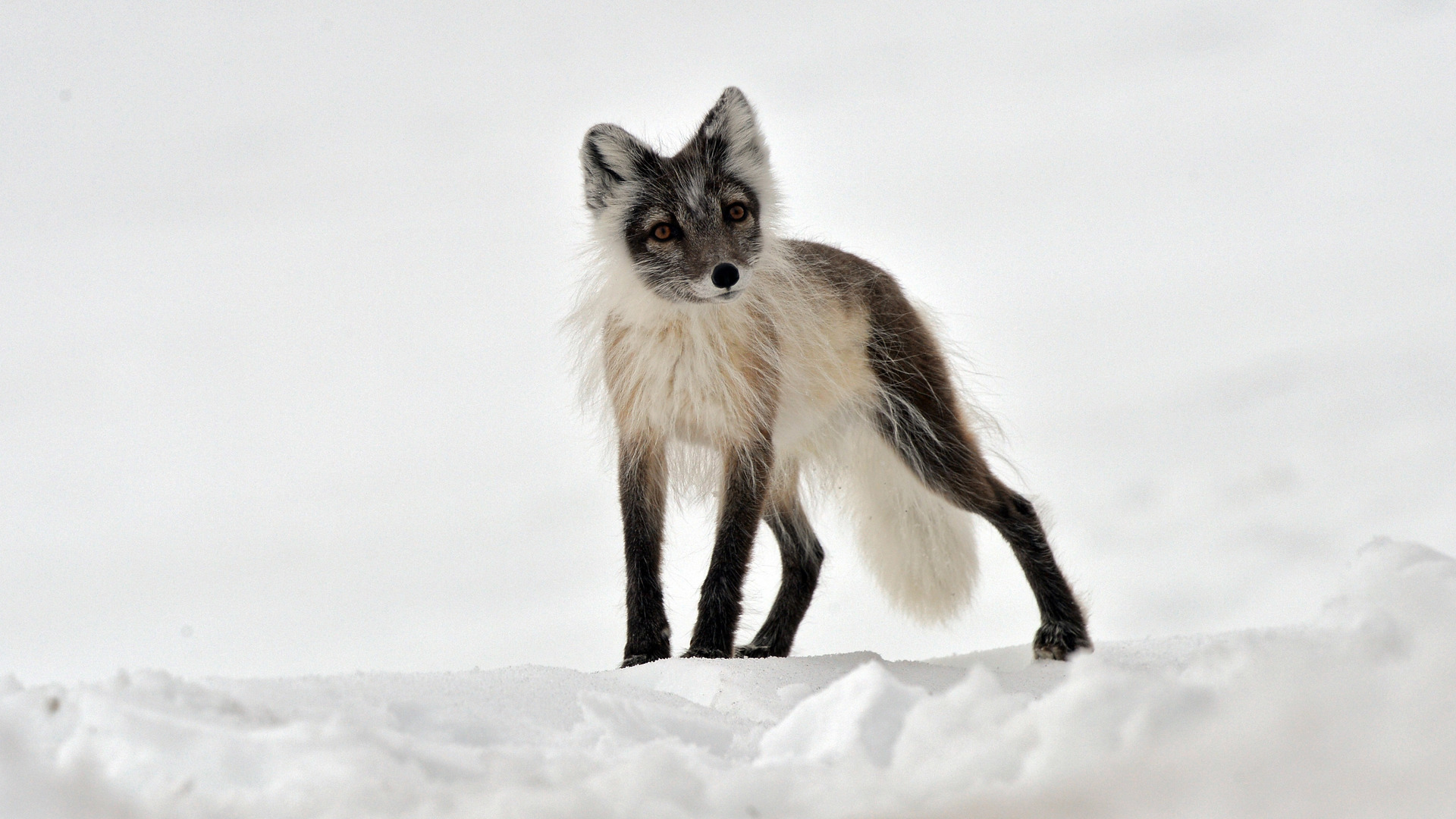Russian scientists as part of an international team took part in the creation of an open database of animal movements in the Far North: AAMA - the Arctic Animal Movement Archive (Archive of movements of Arctic animals).
Based on information from this archive, experts are studying the impact of climate change on the fauna of the region.
This is reported in the journal Science.
Scientists from over 100 universities, government agencies and environmental organizations from 17 countries were involved in the project, including specialists from various institutes and institutions of the Russian Academy of Sciences.
The AAMA database includes information on the movements and migrations of more than 8 thousand marine and terrestrial animals from 1991 to the present day.
Based on these data, scientists are investigating the impact of global warming and other factors on changing the behavior of animals in the High North, said the developer of AAMA and one of the lead authors of the study, professor of civil, environmental and geodetic engineering at Ohio State University Gil Borer.
“Environmentalists are doing their best, but often the tracked movement data is lost ... And tracking animals is a very time-consuming process ... Each animal needs a sensor to track movements, which costs hundreds, sometimes thousands of dollars,” said Borer ...
According to scientists, the Arctic has become noticeably warmer.
Average temperatures have increased by about 2.3 ° C since the 1970s.
The researchers found that earlier spring, warmer winters, melting ice and human exposure caused significant changes in animal behavior.
Arctic fox on one of the islands of the Franz Josef Land archipelago
RIA News
© Vera Kostamo
In particular, the results of studies based on the AAMA database show long-term and large-scale behavioral changes in golden eagles, bears, reindeer, elk and wolves of the Far North.
One study showed that young golden eagles migrate to the north earlier than usual after a mild winter.
This is how they integrate into new climatic cycles, and this affects the nesting and survival of the chicks.
Another study tracked the migration of over 900 female reindeer.
It turned out that in the northern herds the time of birth had shifted to an earlier date.
Scientists fear that calves born earlier than usual could die if snow falls in the spring.
“This work gave us a framework for understanding the big picture of how the interactions between animals and the environment actually occur in the face of climate change,” concluded co-author of the study, associate research fellow in the Department of Biology at the University of Maryland, Eli Gurari.

